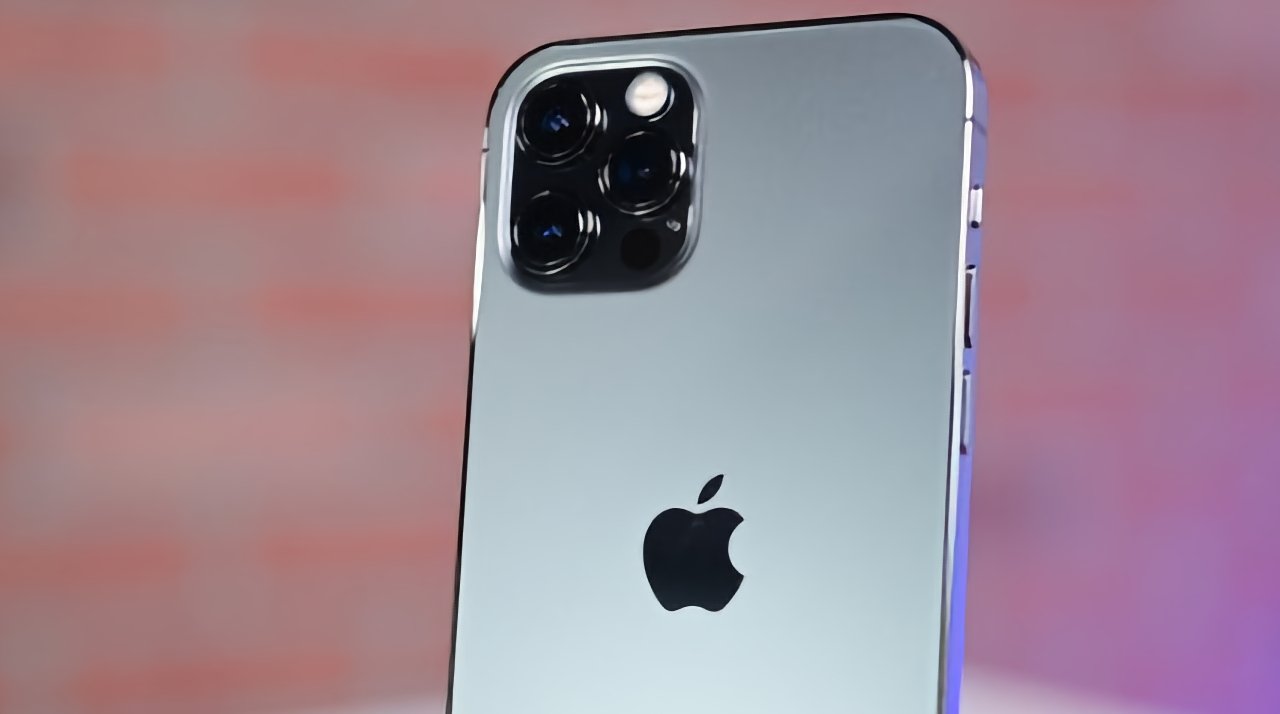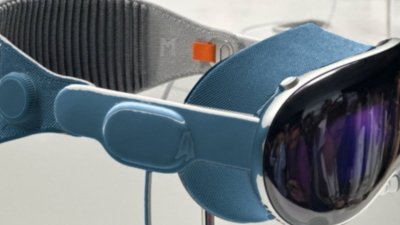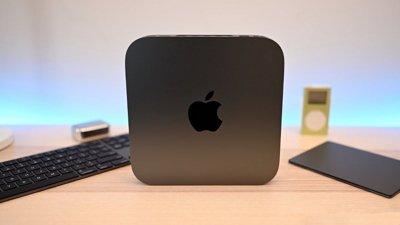A new analyst report claims that Apple will use a titanium alloy chassis or internal frame in the "Pro" models of the "iPhone 14."
In a note to investors seen by AppleInsider Investment firm JP Morgan Chase's China office has reported to its clients that Apple intends to introduce a titanium alloy to the iPhone for the first time. Apple has already used titanium in some Apple Watch models, for the physical Apple Card, and at times for the PowerBook.
Titanium's toughness, though, is only achieved when it used as part of a titanium alloy with other metals. Titanium is also prone to smudges from fingerprints, and its finish can be unattractive. Apple is therefore certain to be using an alloy, and it presumably addresses these issues.
JP Morgan also claims that the interior of the "iPhone 14" range will see greater changes than that of the forthcoming "iPhone 13." It suggests that Apple expects next year to be another "supercycle," with its new features driving greater than usual upgrades just as 5G did for the iPhone 12.
The report also backs up previous claims by analyst Ming-Chi Kuo that there won't be an "iPhone 14 mini." Instead, there will be two models with 6.1-inch screens, and two with the larger 6.7-inch displays.
JP Morgan has an excellent reporting accuracy on Apple's financial situation. It has less visibility on Apple's actual plans, however, and while it may report what's going on inside the supply chain, its timing on release is generally off.
 William Gallagher
William Gallagher



-xl-m.jpg)




 Chip Loder
Chip Loder
 Christine McKee
Christine McKee

 Amber Neely
Amber Neely
 Malcolm Owen
Malcolm Owen
 Andrew Orr
Andrew Orr



-m.jpg)






9 Comments
Commercially-pure titanium is stronger than steel and significantly lighter. The perception of finish issues is mostly because titanium oxide is white, less shiny, and much softer than the unoxidized titanium underneath it. Since the oxide layer isn't protective, titanium machine parts are often coated to prevent oxidation (titanium implants are a different story; they're stored in an oxygen-free environment until implantation to improve integration with bone). For parts which aren't subject to a lot of metal-on-metal wear, a few resins have been popular for a while. I have a nice pen machined out of titanium, flame-anodized (giving it bands of vibrant colors), then resin-coated for protection. It looks really good, and doesn't show fingerprints or wear.
In contrast, aluminum oxide is far, far harder than the unoxidized aluminum under it (emeralds, rubies, and sapphires are aluminum oxide with various impurities), and it's slightly porous which lets it accept dyes nicely. In aluminum, anodization is used to accelerate the growth of the oxide layer and optionally dye it.
Sounds like and Edition model a price tier above the steel models? Steel models moving down $100 and titanium models take the current price tiers?
The pro models are heavy for my taste. If they were lighter, I think it would have tilted my over to them.
Apologies for going slightly off topic here, but I’ve been waiting for a story about titanium in order to post a query to my fellow AI denizens.